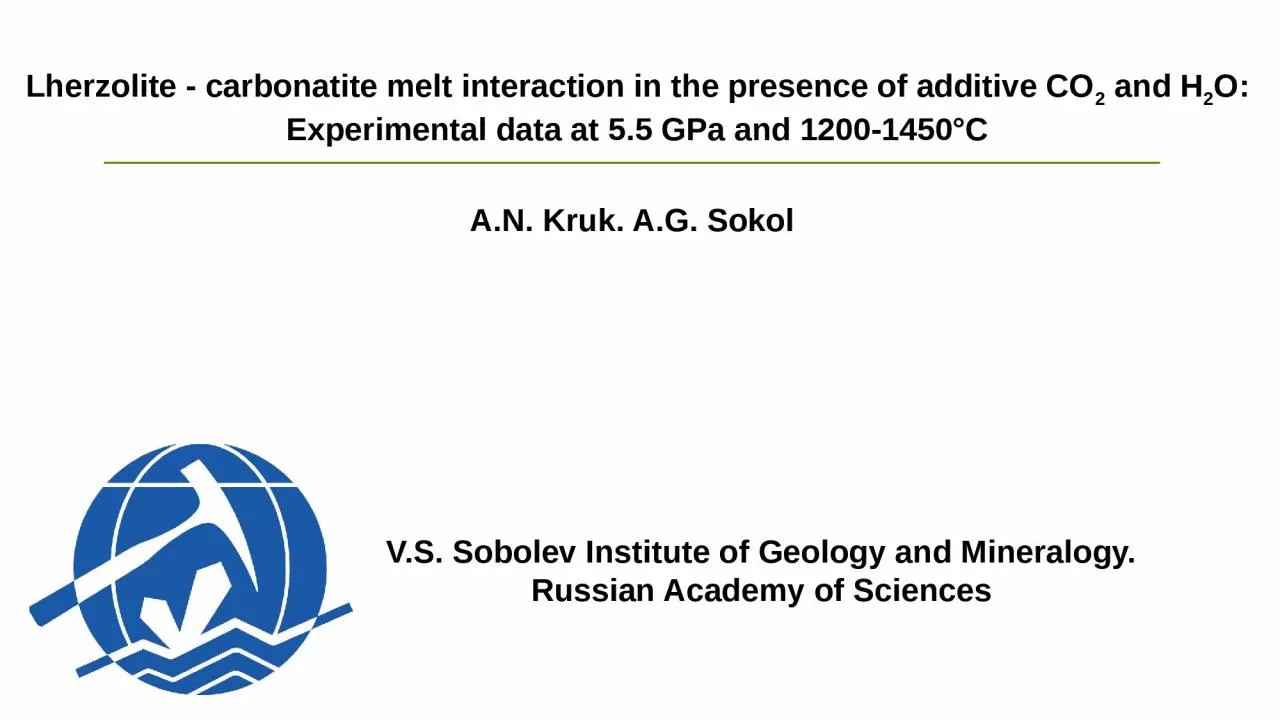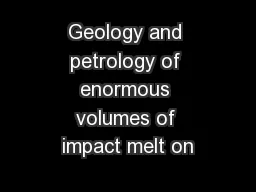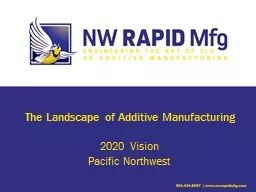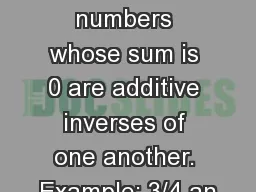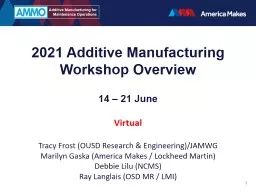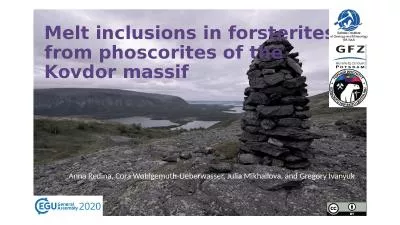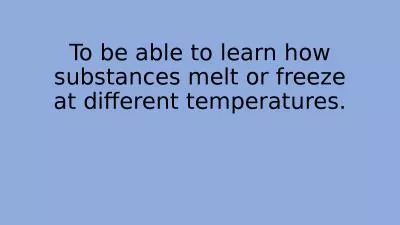PPT-Lherzolite - carbonatite melt interaction in the presence of additive CO
Author : Hardrocker | Published Date : 2022-08-04
2 and H 2 O Experimental data at 55 GPa and 12001450C VS Sobolev Institute of Geology and Mineralogy Russian Academy of Sciences AN Kruk AG Sokol According
Presentation Embed Code
Download Presentation
Download Presentation The PPT/PDF document "Lherzolite - carbonatite melt interacti..." is the property of its rightful owner. Permission is granted to download and print the materials on this website for personal, non-commercial use only, and to display it on your personal computer provided you do not modify the materials and that you retain all copyright notices contained in the materials. By downloading content from our website, you accept the terms of this agreement.
Lherzolite - carbonatite melt interaction in the presence of additive CO: Transcript
Download Rules Of Document
"Lherzolite - carbonatite melt interaction in the presence of additive CO"The content belongs to its owner. You may download and print it for personal use, without modification, and keep all copyright notices. By downloading, you agree to these terms.
Related Documents

